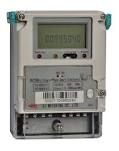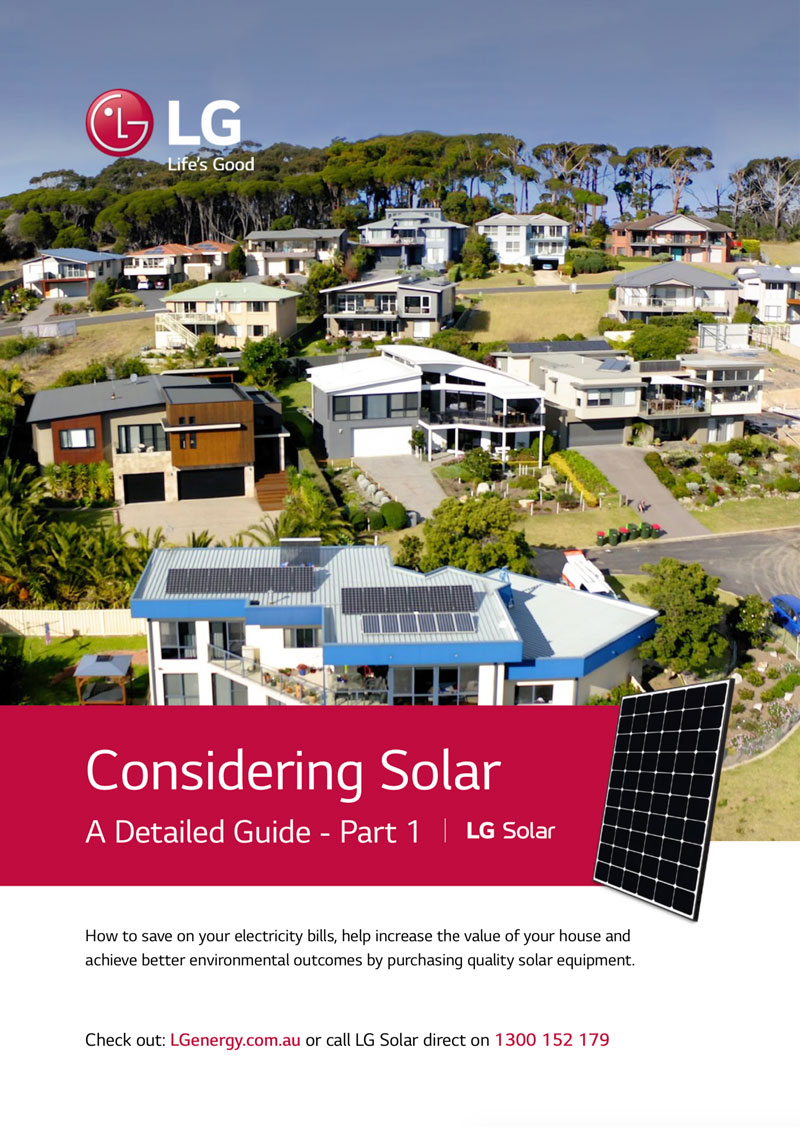What is Net Metering?
Net meters work by continuously sampling how much electricity is being generated and how much electricity is consumed at your home. At each point in time the meter instantaneously reads the generation and consumption of the premises and the meter records both these amounts. The data is then accumulated in the appropriate register over the billing cycle. The meter is read and the bill is calculated. Now that high government sponsored feed-in tariff have stopped to be available for new customers, it is very likely that a net meter is the best way to meter your electricity after you solar power system has been installed.

Under net metering, the electricity generated by your system and consumed in your home, you pay nothing for this electricity. Whenever the solar power system generation exceeds your homes consumption, this excess amount is exported to the grid and you may earn a feed-in tariff for this exported solar electricity. Check your energy retailers solar feed-in tariff policy.
Therefore, each kWh of electricity your solar system generates and you consume in a billing period, saves you the retail price you would normally pay per kWh to your electricity retailer. For example your solar system generates 15kWh of electricity on a specific day. You use 12 KWh in your house on that day and export 3 kWh. Your electricity price charged by your electricity retailer is 35 cents per kWh and they pay you 10c in feed in tariff for each kWh.
Therefore that day your solar system earned you 12 kWh of electricity at 35 cents you did not have to buy = $4.20 and 30 cents you earned for your exported electricity. Total value of the electricity generated that day will be $4.50. Ask your local authorized LG installer for more advice.

